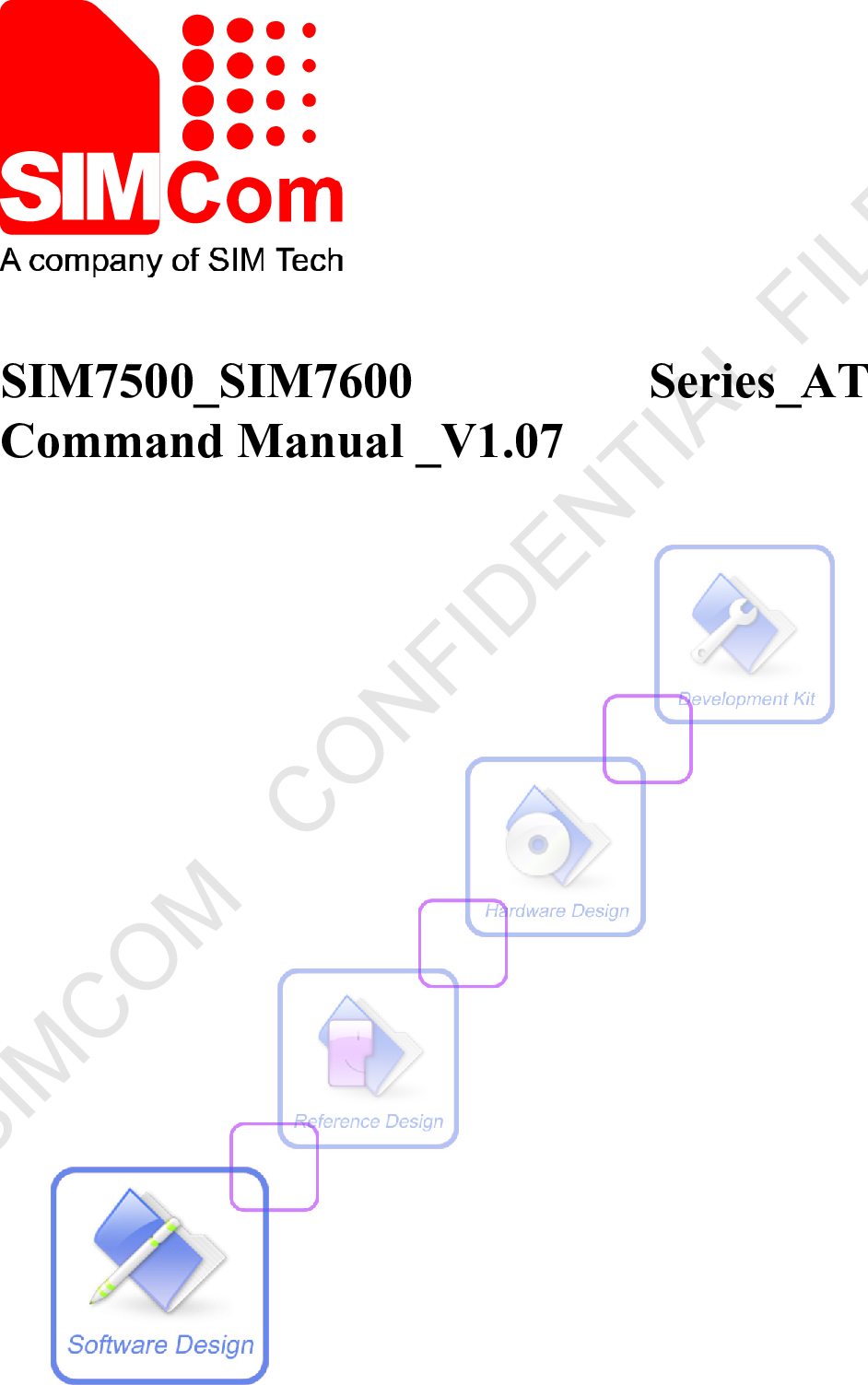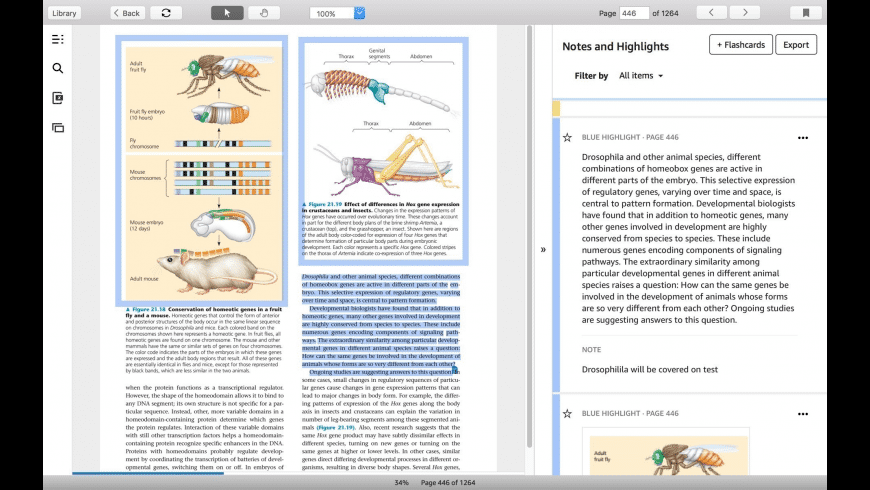To fix this problem, uninstall any third-party security software that was installed on your Mac. If the problem persists, run a removal tool to remove the remnants of security software.
Jul 27, 2018 You can start by choosing the Apple menu About this Mac, then clicking on Storage. (RELATED: How to Use Optimized Storage to Increase Disk Space.) You can also use Intego Washing Machine to clean up and delete files you no longer need, such as cache files, downloads, duplicates, and more. Check Your Drive. Jul 14, 2020 If you do not understand what to delete, go back and copy the entire Caches folder to desktop (for backup). Next, open the Caches folder, press Command + A, right-click, and then Move to Trash. Finally, empty the Trash. See if everything works properly or not. Remove the files in your Dropbox folder. If you'd like to remove the files in your Dropbox folder from your hard drive, drag your Dropbox folder to the Recycle Bin. This action will delete your local Dropbox folder. Any files in your local Dropbox folder that haven't synced won't be available on dropbox.com. How to remove incompatible software (Trend Micro Security for Windows) It is advised to install only one version of an antivirus program on your computer. Having multiple antivirus programs installed at the same time can cause performance issues and make your computer more vulnerable to threats. You can remove login items one at a time and start up your Mac after each removal to see if the problem is gone. To do so, go to System Preferences Users & Groups and click your name on the left.
Uninstall the third-party security software
Click the Finder icon in the Dock to be in the Finder.
On the menu bar, click Go > Applications.
Do one of the following:
If an app isn't in a folder or doesn't have an Uninstaller, drag the app from the Applications folder to the Trash, then choose Finder > Empty Trash.
If the app is in a folder, open the app's folder to check for an Uninstaller. If you see Uninstall App or App Uninstaller, double-click it.
Follow the on-screen instructions to uninstall the app.
After completing the uninstall, restart your Mac and install Norton.
If the problem persists, go to step 2 to run the RemoveCompetitiveProducts tool.
Download and run the RemoveCompetitiveProducts tool

Download the RemoveCompetitiveProducts tool.
Unless you save it elsewhere, the file is downloaded into the Downloads folder.
Click the Finder icon in the Dock to be in the Finder.
On the menu bar, click Go > Downloads to go to the Downloads folder.
In the Downloads folder, double-click the RemoveCompetitiveProducts.zip file to expand it.
If you use Safari, the file is automatically extracted after you download it. Skip to line 5 to open the file in Terminal.
In the Downloads folder, right-click or control-click the RemoveCompetitiveProducts.command file, and then click Open With > Terminal (default).
If you see a prompt that the tool is from an unidentified developer, click Open to continue.
In the Terminal window, type your administrator password to authenticate, and then press return. When you type your password, no characters appear.
After the tool finishes removing the third-party security software and its remnants, it displays the message 'Competitive Products of Norton removed successfully'.
Exit all programs, and restart your Mac.
After you restart your Mac, reinstall your Norton product.

For more information about removing a third-party security software on Mac, refer to the following support links:
If you need further assistance with removing a third party security products from your computer, contact the corresponding product technical support.
The location of these documents is subject to change without notice. NortonLifeLock provides these links as a convenience only. The inclusion of such links does not imply that NortonLifeLock endorses, recommends, or accepts any responsibility for the content of such sites.
Mac Delete Folder
When you upgrade macOS or migrate content to a new Mac, software known to be incompatible with the new macOS version is set aside and won’t run on your updated system. The software is moved to a folder named Incompatible Software, at the top level of your Mac startup disk.
If you want to use one of the incompatible apps, get an updated version that's compatible with your new OS. Apps in the Mac App Store list their compatibility and system requirements on their product pages. You can also check with the app developer to find out if they have a new, compatible version or plan to release one.
Mac Delete File
PowerPC applications won't run on OS X Mavericks or later.